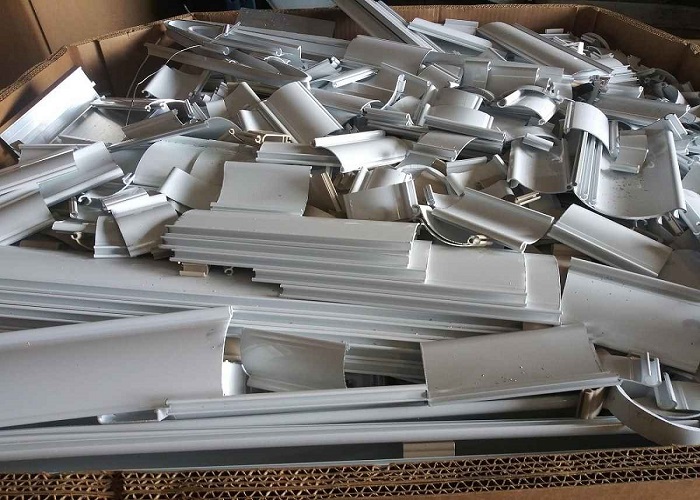Aluminium is one of the world’s most often used metals, valued for its light weight, corrosion resistance, and adaptability. It’s utilized in everything from aircraft and transportation to packaging and construction. As with any important resource, there is a vibrant market for scrap aluminum, which is aluminum that has been abandoned, recycled, or repurposed.
Aluminium scrap can take several forms, including old cans and foil, industrial trash, and consumer goods. Scrap aluminum is often classified into two types: “clean” aluminum and “dirty” aluminum. Clean aluminum is free of impurities and other metals, but filthy aluminum may contain other metals or pollutants. Clean aluminum is the most desirable type of aluminum scrap because it can be melted down and reused without requiring substantial processing. Dirty aluminum, on the other hand, may need to be separated and processed before it can be reused.
The environmental and economic benefits of recycling aluminum are major drivers of the aluminum scrap business. Aluminium is a highly recyclable material, with over 75% of all aluminum produced ever remaining in use today. Recycling aluminum uses a fraction of the energy and resources required to mine and smelt new aluminum ore, helping to minimize greenhouse gas emissions, water pollution, and habitat destruction. Businesses and people can help to create a more sustainable and circular economy by recycling aluminum scrap.
The fluctuation of aluminium scrap price is another major aspect in the aluminium scrap market. Aluminium scrap prices, like many other commodities, can fluctuate dramatically depending on global supply and demand, geopolitical events, and other factors. When aluminium prices are high, individuals and businesses have a greater motivation to sell their aluminium scrap for recycling because they can earn a bigger return on their investment. When aluminium prices are low, the market for aluminium scrap may be less active since buyers and sellers have less financial incentive to trade.
Despite these swings, the aluminium scrap market has been growing overall. According to an International Aluminium Institute estimate, worldwide aluminium scrap use increased by 7% between 2010 and 2020, rising from 18.7 million metric tonnes to 20 million metric tonnes. This expansion has been fueled by a number of causes, including rising demand for aluminium in emerging nations such as China and India, as well as increased awareness of the environmental and economic benefits of recycling aluminium.
The scrap metal sector is a major player in the aluminium scrap market. Scrap metal dealers purchase, sell, and process various metals, including aluminum, for resale to manufacturers and other consumers. These dealers, who may run tiny, local enterprises or major multinational corporations, play a critical part in the worldwide supply chain for aluminium and other metals. Depending on factors such as purity, condition, and market demand, scrap metal merchants may offer varying rates for different grades of aluminium scrap. Furthermore, the price of scrap copper varies according on its purity, market demand, and worldwide economic conditions.
Aside from scrap metal dealers, there is an increasing number of online marketplaces and platforms where individuals and organisations may purchase and sell aluminium scrap. These platforms provide better transparency and convenience than traditional scrap metal dealers since they allow buyers and sellers to monitor pricing and availability in real-time and communicate directly with one another.
Contamination is one of the issues confronting the aluminium scrap market. Contaminants like dirt, oil, or other metals can lower the value of aluminium scrap and may necessitate extra processing. This is especially true for unclean aluminium scrap, which may be contaminated with a variety of pollutants.


